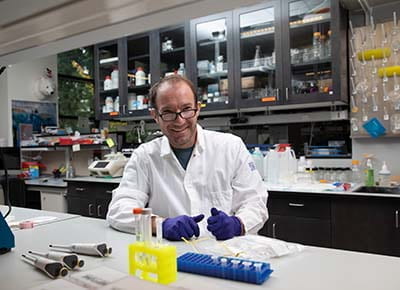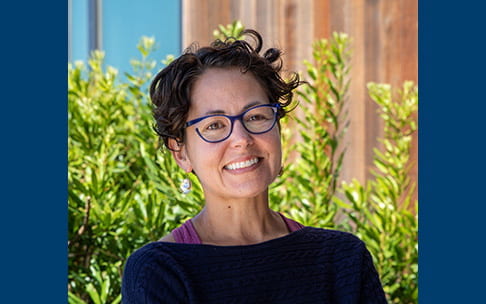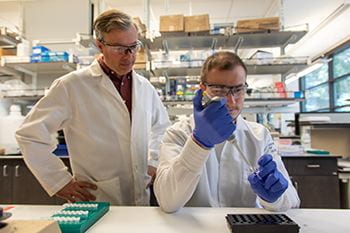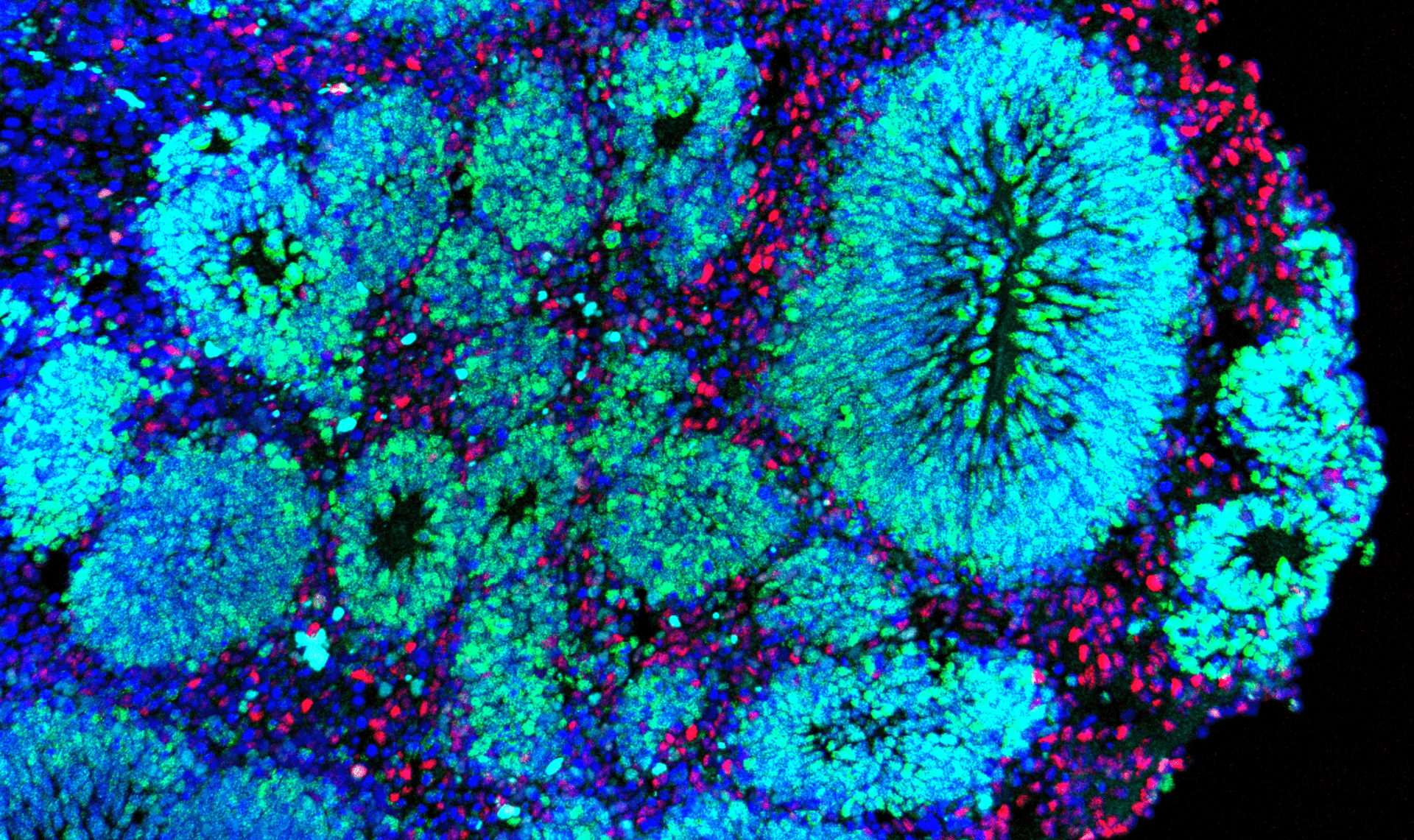
News
-

Comparative genomics of Balto, a famous historic dog, captures lost diversity of 1920s sled dogs
Abstract We reconstruct the phenotype of Balto, the heroic sled dog renowned for transporting diphtheria antitoxin to Nome, Alaska, in 1925, using evolutionary constraint estimates from the Zoonomia alignment of 240 mammals and 682 genomes from dogs and wolves of the 21st century. Balto shares just part of his diverse ancestry with the eponymous Siberian…
-

The contribution of historical processes to contemporary extinction risk in placental mammals
Abstract Species persistence can be influenced by the amount, type, and distribution of diversity across the genome, suggesting a potential relationship between historical demography and resilience. In this study, we surveyed genetic variation across single genomes of 240 mammals that compose the Zoonomia alignment to evaluate how historical effective population size (Ne) affects heterozygosity and…
-

Ed Green named QB3-Santa Cruz Scientific Director
Emily Cerf | UCSC | May 3, 2023 Richard (Ed) Green, professor of biomolecular engineering, has been selected to serve as the next director of the California Institute of Quantitative Biosciences (QB3) at UC Santa Cruz. QB3 is the University of California’s hub for innovation and entrepreneurship in life science, working with UC researchers and…
-

Special Zoonomia issue of Science offers fresh insights on human, and canine, evolution
This article is about a series of 11 papers published in a special issue of Science. The research was made possible in part by the Cactus alignment tool created at UC Santa Cruz and contains exciting discoveries by a number of our scientists. For additional coverage of the Zoonomia papers, please see “DNA analysis can…
-

Biologist Beth Shapiro elected to the American Academy of Arts and Sciences
Tim Stephens | UCSC | April 19, 2023 Beth Shapiro, professor of ecology and evolutionary biology at UC Santa Cruz, has been elected to the American Academy of Arts and Sciences, one of the nation’s oldest and most prestigious honorary societies. Shapiro was among nearly 270 new members of the academy announced this week, including…
-

Genomics Institute postdoc mentors budding entrepreneurs through Clinton Global Initiative University
Schneider has been a mentor for the Clinton Global Initiative University in the area of infectious diseases since 2018, helping students take their ideas for making a positive impact on the world from conception to reality. Each year, he receives a cohort that ranges in size from 15 to 30 students, who come to him…
-

Naming system for transfer RNA fragments will increase research productivity, standardization
Emily Cerf | UCSC | April 12, 2023 Transfer RNA, more commonly referred to as tRNA, is well known for its key role in translating genetic material into protein. Recent discoveries about fragments of tRNA, which scientists had previously thought of as simply waste products in the cell ecosystem, has led to an increase in…
-

Adjunct Professor Robert Coffman helps immunize millions
Robert Coffman, an adjunct professor of biomolecular engineering at UC Santa Cruz, is an expert in the human innate immune response and a pioneer of adjuvant technology to make traditional vaccines more effective. During the pandemic, he was called on to adapt this technology for Covid-19 vaccines.
-

Two major stem cell research projects supported with more than $2.6 million in funding
The UCSC Genomics Institute’s Max Haeussler and his team will use the CIRM funding to build a user-friendly database imagined as a “virtual microscope” which will improve the curation and visualization of this data and allow scientists to investigate the role of a specific gene in the development of the cerebral cortex without special computational…
-

Indigenous peoples and local communities as partners in the sequencing of global eukaryotic biodiversity
Several large current initiatives seek to catalog the genomes of Earth’s eukaryotic biodiversity. How do we ethically access and use samples from all species, including those under the custodianship of Indigenous Peoples and Local Communities? UC Santa Cruz Genomics Institute researcher Ann McCartney and her colleagues provide a framework
-

How a DNA ‘Parasite’ May Have Fragmented Our Genes
A novel type of “jumping gene” may explain why the genomes of complex cells aren’t all equally stuffed with noncoding sequences. Coverage by Quanta Magazine.
-

World Organoid Research Day
March 22, 2023 Today is World Organoid Research Day! Researchers at the UC Santa Cruz Genomics Institute have been working with brain organoids for years in an attempt to better understand the human brain. To raise awareness of these very special cell clusters, we put together the following Q&A: What is an organoid? If you’ve never…